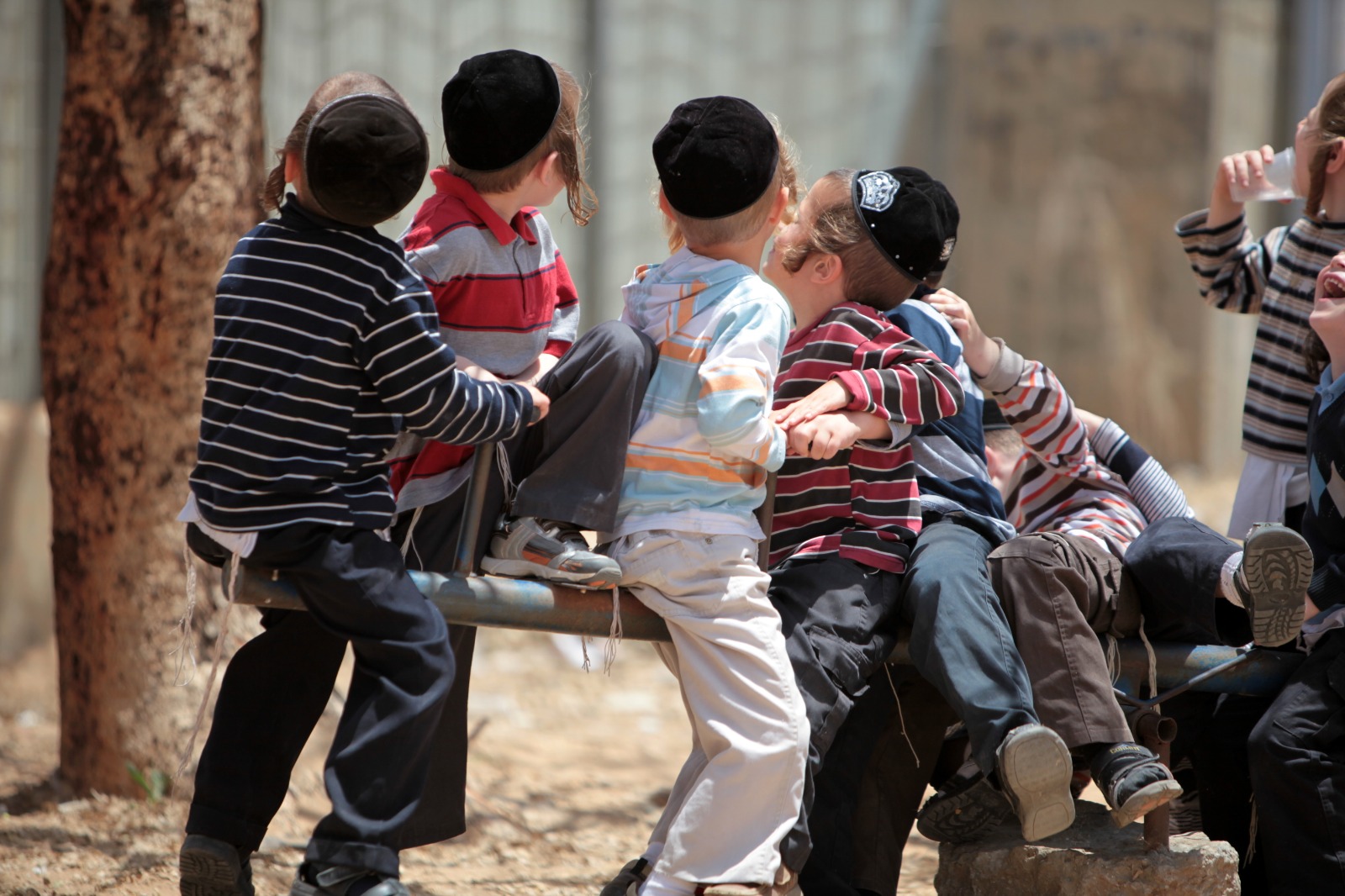The haredim are the most satisfied with the functioning of the various frameworks in which their children are educated, according to the analysis published by the Haredi Institute for Public Affairs. The haredim are the most satisfied with the functioning of the educational staff and the compatibility of the frameworks to the needs of their children, but less satisfied with the physical conditions of the educational institutions and their location. In contrast, the opinion of the overall functioning of the education system is particularly low among haredim, at just 37% (compared to 44% in non-haredi Jewish society and 71% in Arab society). The disparity between the positive assessment of the various frameworks in the haredi education system and the uncomplimentary perception of the overall system is an expression of the low esteem in which haredi society holds the educational and academic content taught in the general education system and reflects the sense of inequality and discrimination that haredim feel toward the establishment in general and the education system in particular (only 26% of haredim responded that they are satisfied with the equality in the provision of education services, compared to 41% in non-haredi Jewish society).
Shortly before the beginning of the school year, the deputy chair of the Haredi Institute for Public Affairs, Nitsa (Kaliner) Kasir (former senior researcher at the Bank of Israel) and institute fellow Dr. Dmitri Romanov (former chief scientist at the Central Bureau of Statistics), examined the level of satisfaction with various aspects of the education system, compared to other sectors in Israel. The analysis is based on the data of the 2015 Central Bureau of Statistics social survey, which examined attitudes toward government services in Israel.
Compared to all the other population groups, the haredi sector is the most satisfied with the educational frameworks – about 95% for all levels of education. A similar picture was portrayed in the previous survey, in 2007. In the background of this attitude is the unity of the sector with respect to Torah education, which is of paramount importance, and the fact that the haredi education system, by its very nature, is consistent with the unique needs of the haredi sector, alongside the fact that haredi society is a more satisfied society in general.
The analysis also found that the haredi population’s satisfaction with the educational staff is particularly high, approaching 100%, as is the rate of haredi parents who feel that their children’s educational framework meets their needs – about 95%. Even so, in aspects concerning the physical conditions and the geographic location of the educational institutions, the satisfaction rate is much lower. In the general population these factors earned relatively low esteem, but the figures are even lower in the haredi sector. Concerning preschools for four-year-olds and five-year-olds, satisfaction with the physical conditions was just 75% and 69% respectively in the haredi sector, compared to 83% for both levels of preschool education in the non-haredi Jewish sector. The poor physical conditions, including the overcrowding in the educational institutions, result from the low level of investment in education infrastructure, relative to the needs. The investments by the Ministry of Education and the local authorities in the construction of the necessary infrastructure have not kept pace with the accelerated increase in the number of children in haredi society, relative to non-haredi society.
The satisfaction rate with the location of the educational institutions is lower among the haredim than among non-haredi Jews, in all levels of education. In this context, Kasir and Romanov note that the satisfaction rate with the location of the educational frameworks among haredim declines from about 75% for preschool and elementary school to 68% for secondary education, because in haredi society a higher rate of secondary education institutions are not district schools and are often in a city other than the city of residence.
The gap between the various frameworks and the overall system
Despite the high satisfaction rate with the various educational frameworks, when the satisfaction of the various populations with the national education system is examined, the satisfaction in haredi society is particularly low (37%). This great disparity between the high satisfaction with all the haredi educational frameworks and the lack of satisfaction with the national education system is also evident in the dissatisfaction among haredim regarding the equality of the provision of educational services in Israel: just 26% of haredim are satisfied with the equality of the national education system’s provision of services, compared to 41% of the general public who stated that they were satisfied. This sense of inequality among the haredim is also reflected in their low rate of satisfaction, as described above, with the physical conditions of the various educational frameworks and their location.
Kasir and Romanov also note that haredi society’s low satisfaction with the general education system is due to the low esteem for the educational and academic content provided by the public school system; the conditioning of some of the state financing for the independent school systems on the implementation of the core curriculum; and the public struggle to introduce core curriculum studies into exempt institutions, which account for about ten percent of all haredi elementary schools.
Photo: Eli Cobin




